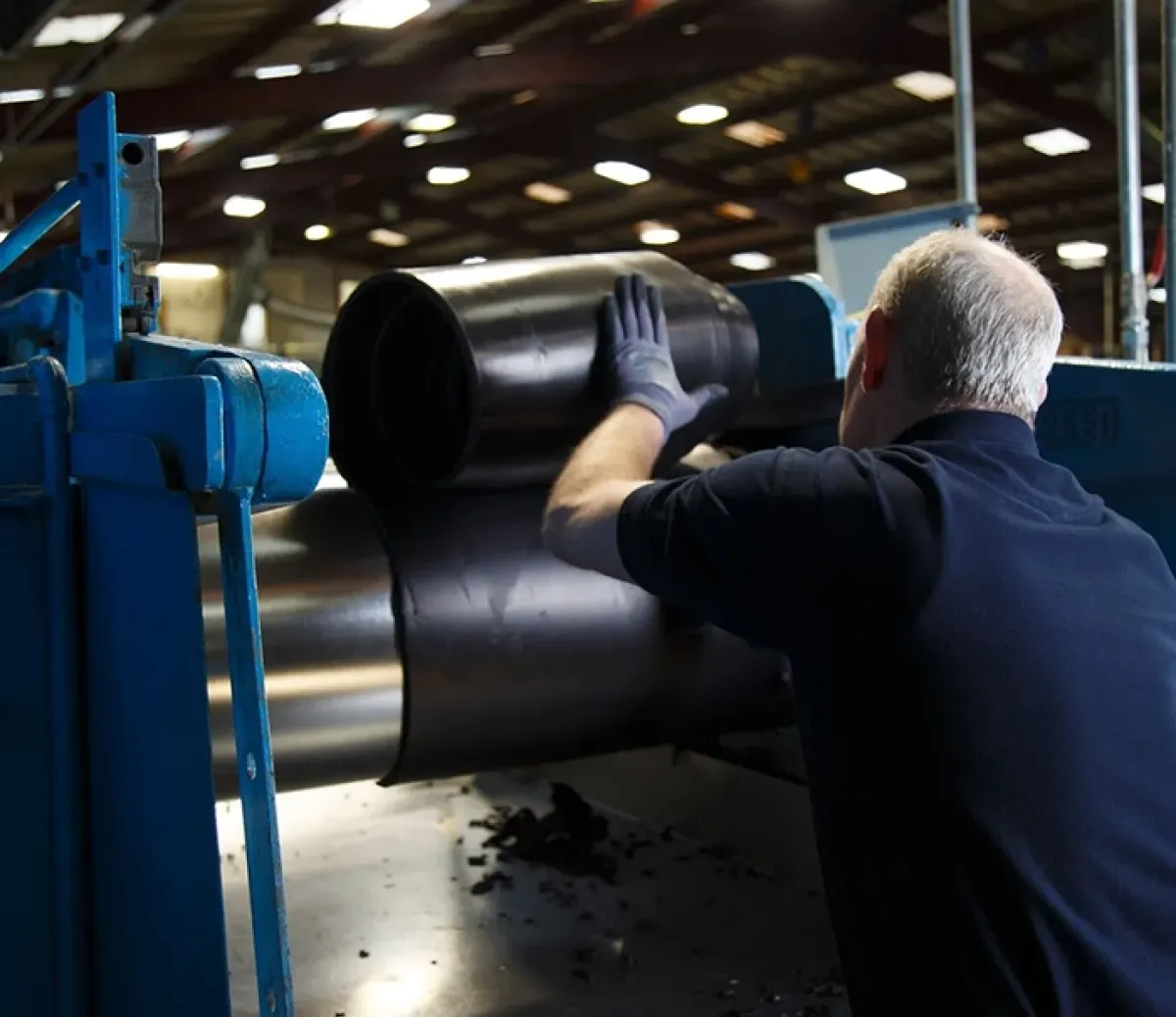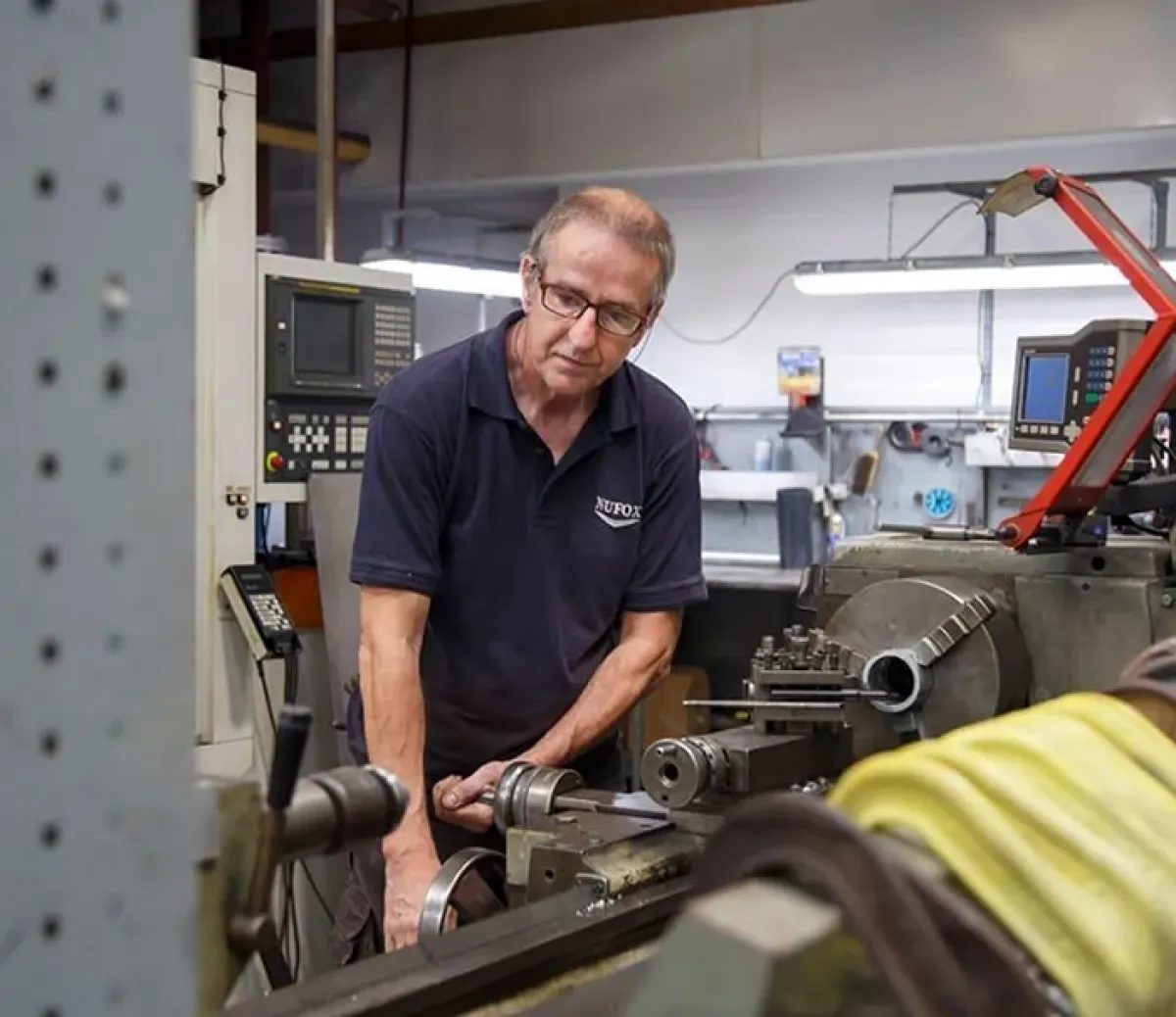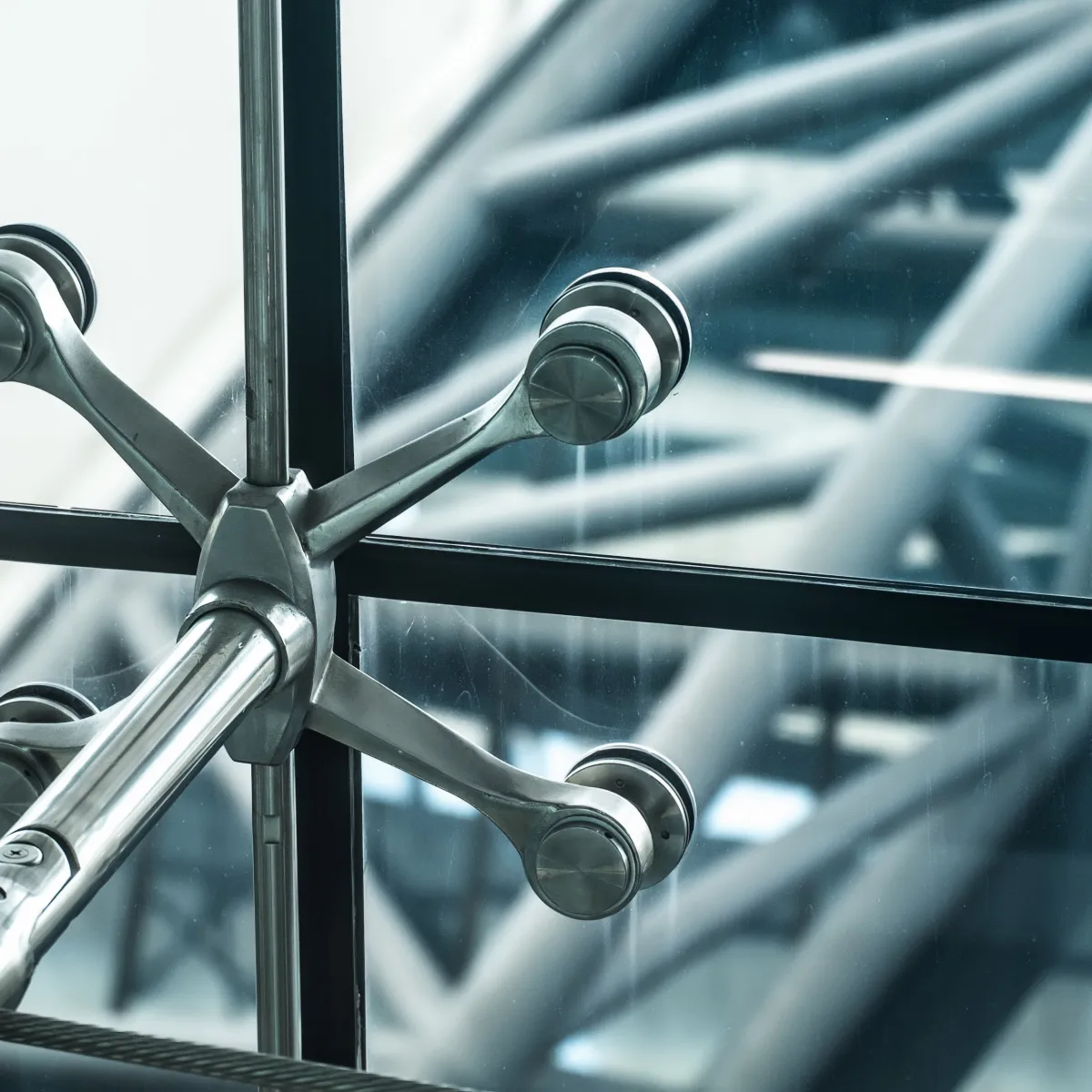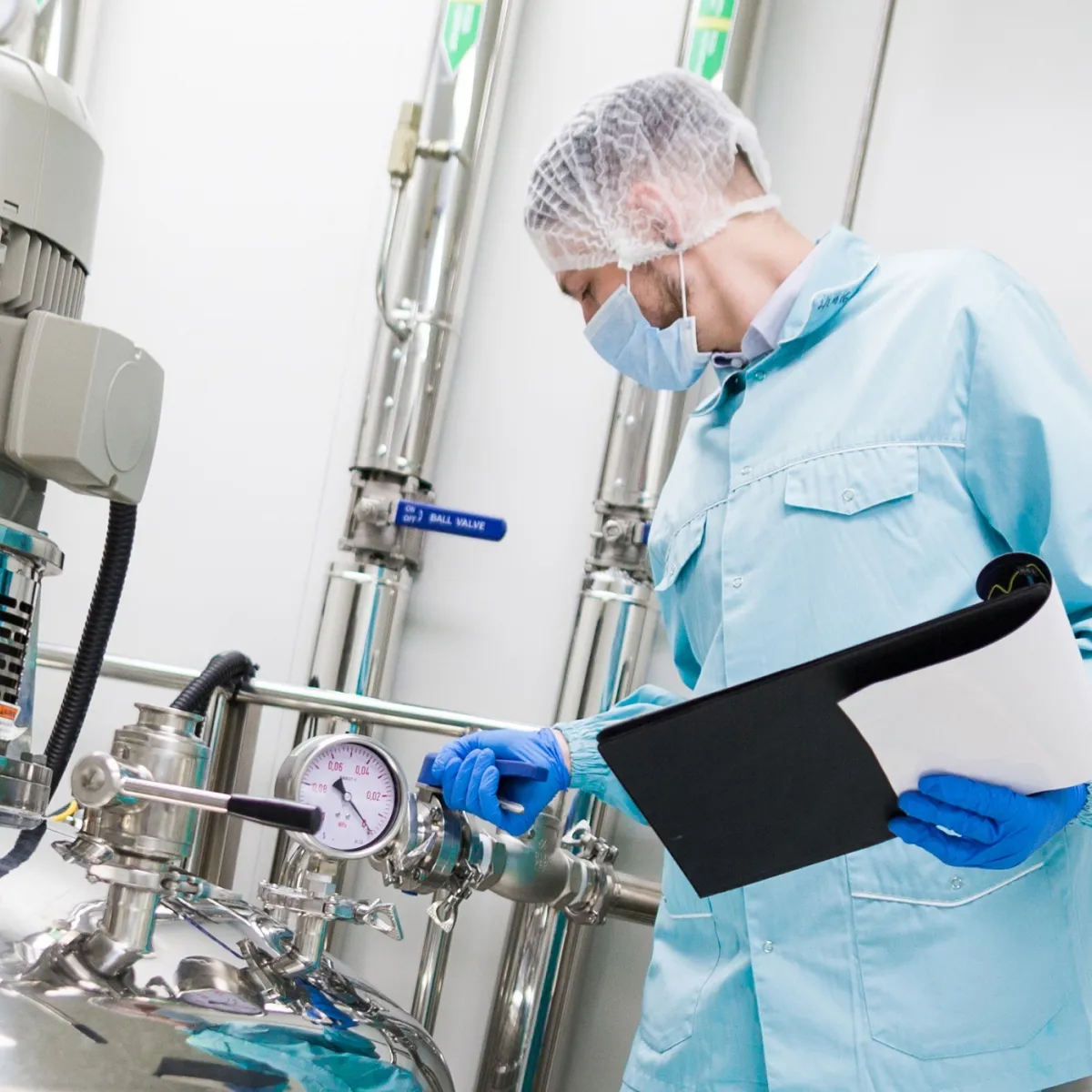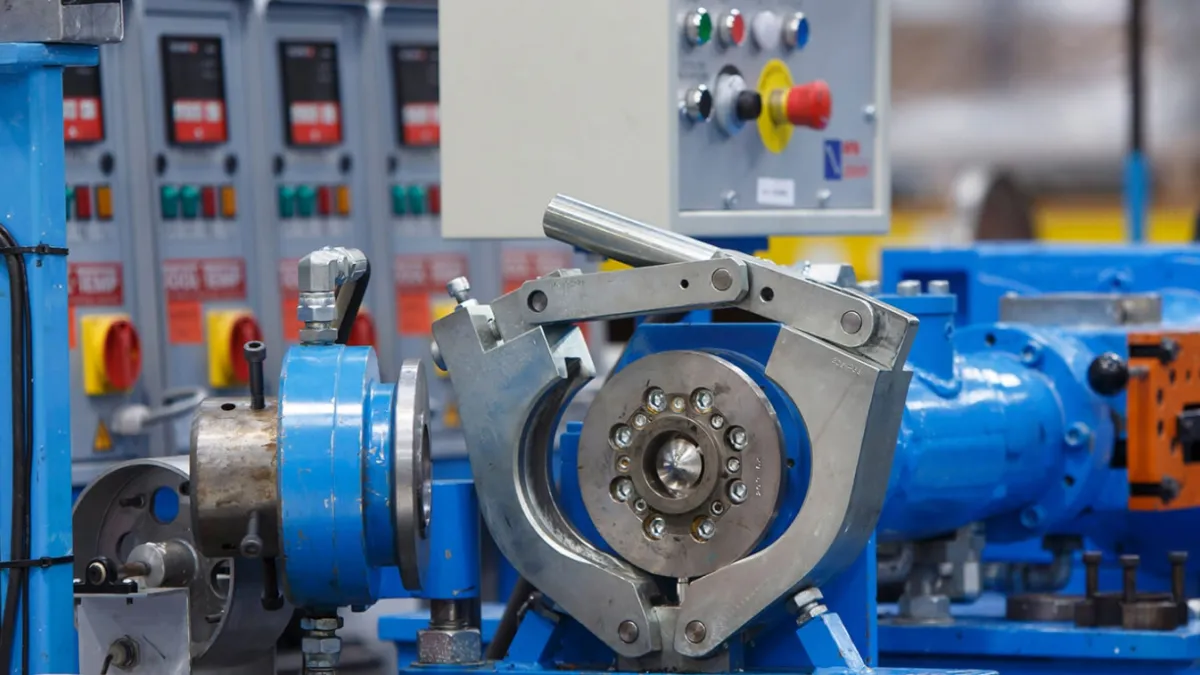By using this website, you agree to our Privacy Policy
×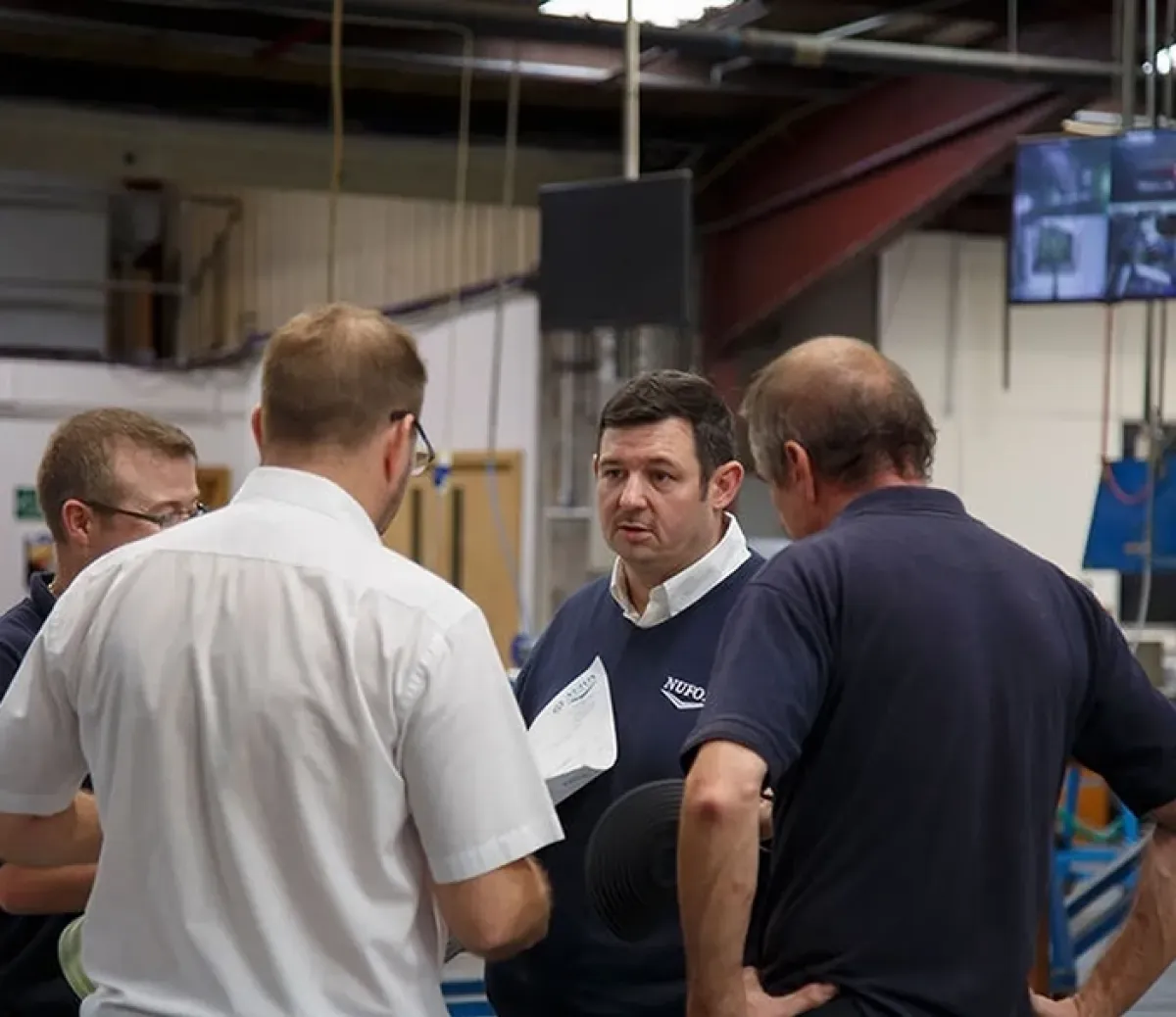
The Development of Rubber Extruders
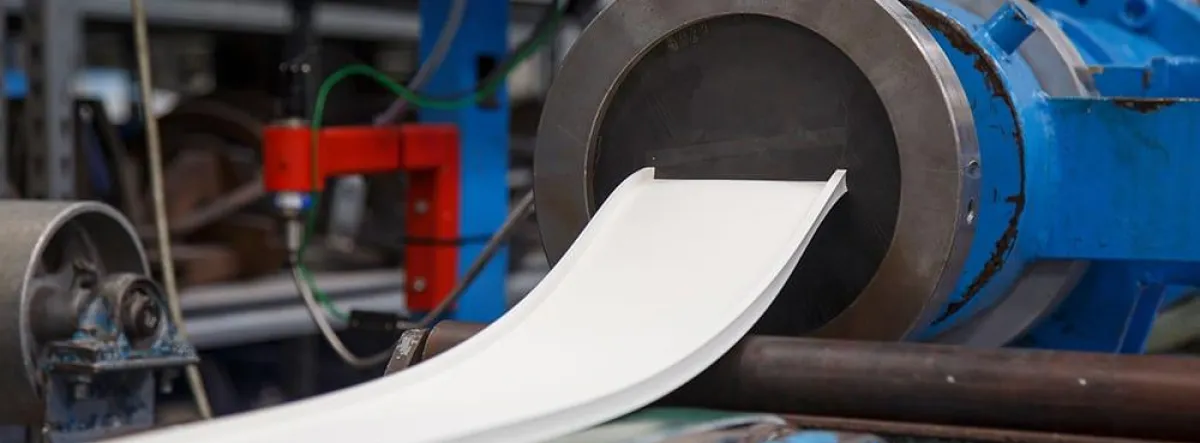
The development of rubber extruders
The earliest extruders were ram extruders invented to process gutta percha, a thermoplastic latex obtained from trees of the Sapotaceae family, the trans isomer of polyisoprene.
Both R.A. Brooman and Henry Bewley took out patents in 1845 for ram extruders which Charles Hancock adapted for use for the covering of copper wire for telegraph cables.
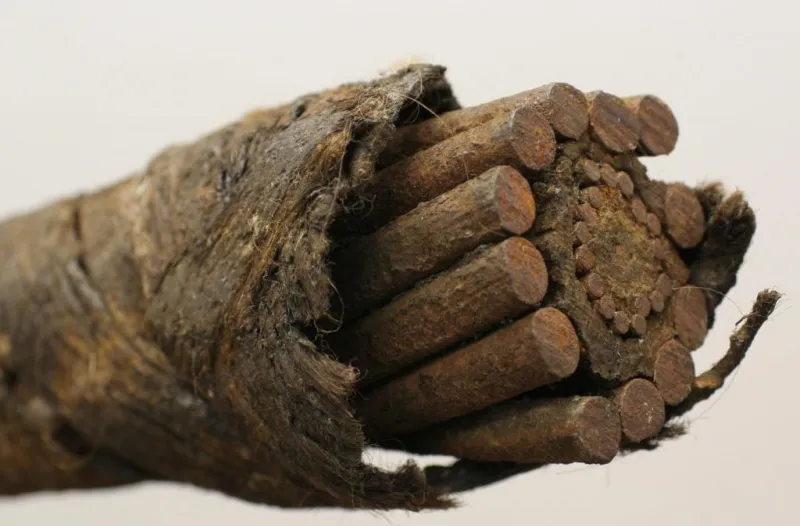
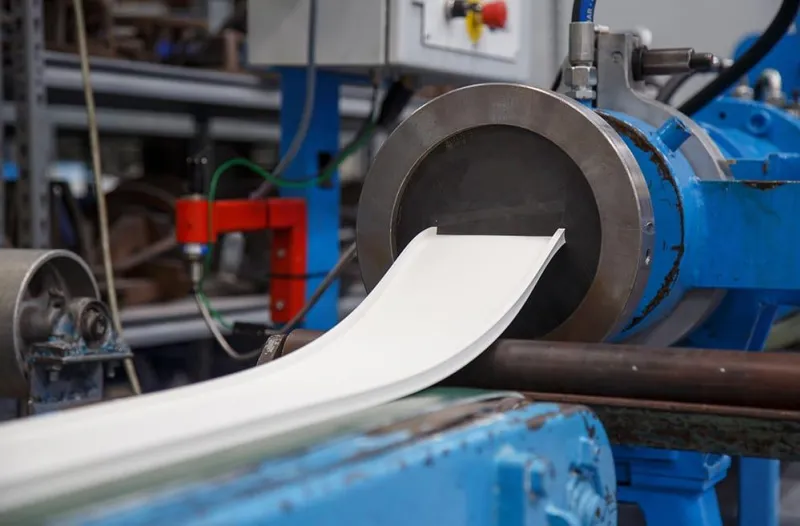
Ram extruders were not efficient enough for mass production
Gutta percha’s particular properties (electrical resistance and biological inertness) made it ideal for use in the then booming telegraph industry, and it was not until the 1950’s that it was replaced by polyethylene.
However, ram extruders are not efficient enough for mass production as they do not allow for continuous production. It is not clear who actually invented the first screw extruder, development work was carried out during the 1870’s and 1880’s in the United States, Germany and England, and there is some evidence of one as early as 1866.
Today’s rubber extrusion shop is able to produce a wide range of complex shapes
James Iddon, having served as an apprenticeship engineer with the Leyland & Birmingham Rubber Co Ltd (then known as James Quin Ltd), started Iddon Brothers, engineers and rubber machinists, in 1888.
Iddon Bros still manufacture rubber machinery today supplying todays highly sophisticated state of the art machines.
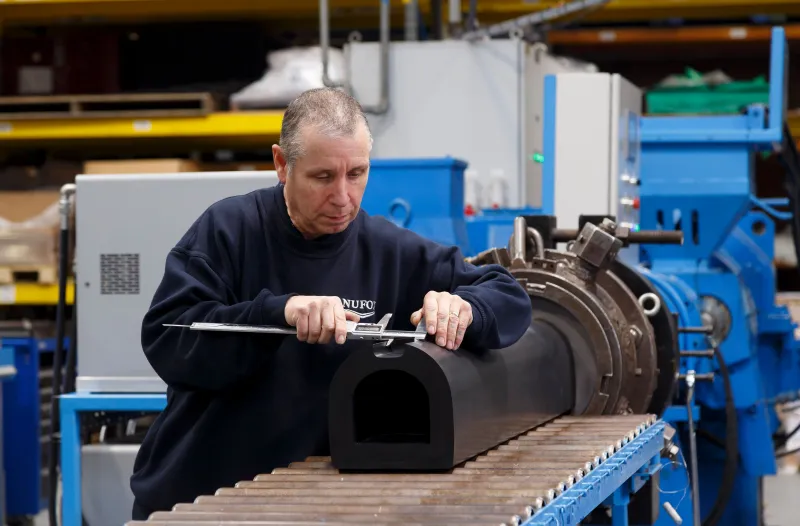
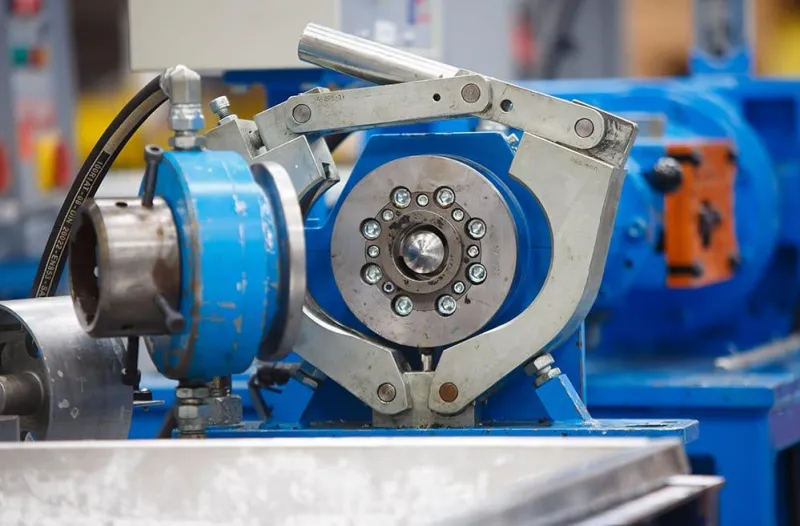
Through the 20th century technology gradually improved, with the development of cold feed extruders
By the early years of the 20th century a variety of hot feed extruders were in use. Then, the rubber extrusion process required a two roll mill to warm up the rubber ready to feed in the extruder. The uncured rubber would then be cured in an autoclave prior to being coiled or otherwise packaged for despatch, there were severe limitations on lengths and practical profiles. The process was discontinuous and although better than the ram extrusion process, still inefficient.
Through the 20th century technology gradually improved, with the development of cold feed extruders, continuous vulcanisation systems, improved screw and barrel design, progresses in compound formulation, and the introduction of synthetic polymers which were easier to extrude.
The result is that today’s rubber extrusion shop is able to produce a wide range of complex shapes efficiently in continuous lengths as required suitable for exacting applications
We’ll Get Straight Back to You
Explore our other Industries
Speak to One of Our Experts
Contact UsLEARN
INDUSTRIES
PRODUCTS
BRANDS
GET IN TOUCH

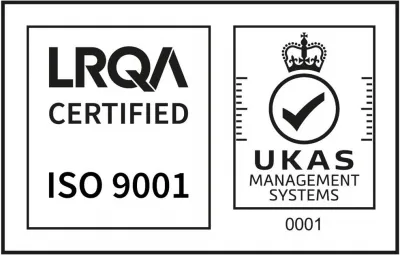
- © 2025 Nufox. All rights reserved |
- Terms & Conditions |
- Privacy Policy |
- Download ISO Certificate | Web Design MadeByShape
